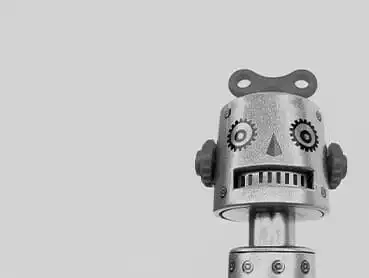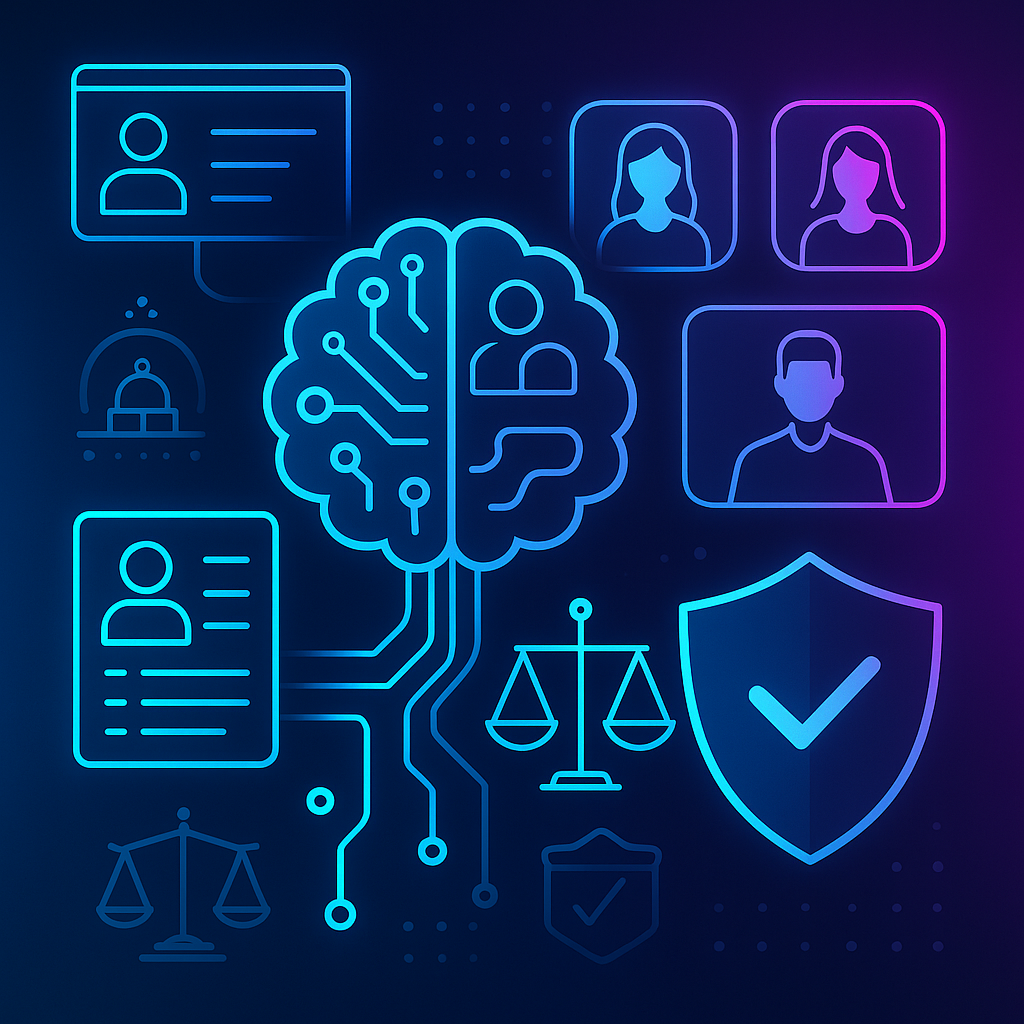How data science has the potential to transform the hiring process: part 1 of 2

Part 1: From a job board provider’s perspective // Part 2: From an HR technology provider’s perspective
Data science, Artificial Intelligence (AI), machine learning; they’re all influencing the way that we hire and reach decisions in the staffing world. Not only do they have the potential to mitigate unconscious bias, but they’re actually helping companies make their hiring process more efficient and ultimately, employ the best candidates for their jobs.
Data science helps predict candidate behavior. It works to understand when someone might be most likely to move jobs and targets them accordingly. AI and machine learning are also redefining the beginning stages of the hiring process, which can critically contribute to offering a positive candidate experience (while saving hiring professionals valuable time).
Predicting candidate behavior
While you may never be able to fully predict a person’s behavior, there are areas where data science can make intelligent assumptions and aid in your hiring decisions. For example, there’s the potential for technology to analyze resumes, recognize how often someone moves jobs, and ultimately, reveal how likely they are to be interested in a new job opportunity.
Smart technology may look at someone’s career history and notice that they tend to move jobs, on average, every four years; so, if they’re approaching this milestone, they may be more open to changing roles at this time. It can also indicate how long someone will likely stay in your role for (and even how successful they might be).
There are other factors which might influence someone’s decision on whether to change jobs or not — and we’re not talking about salaries or career progression here. In fact, huge life events such as moving into a new home and getting married tend to result in other big changes and there is the potential to pull in data points from social media to make this analysis.
Data science can also understand the types of career paths that candidates are likely to follow. It does this by analyzing career trajectories across millions of different data points in order to spot trends. This can help to guide companies on their hiring efforts and also assist with succession planning.
Taking over the initial stages
As we know, data science can provide valuable insight to hiring managers, and recruiters; but particularly when it comes to streamlining the hiring process and ultimately, reducing their workload. This is most likely to happen during those first stages and touchpoints of the candidate journey, where there are a number of administrative tasks, including sourcing, screening, and scheduling.
The key here is to look at what actually needs to be changed — and not just doing it for the sake of it. For example, if candidates are responding well to your job advertisements, but the hiring teams are drowning in their workload, you’ll want to make sure you aren’t compromising the candidate experience.
Either way, it’s a good idea to consider how data science can help with your hiring process. At Resume-Library, we’re using it to predict how successful a job advertisement will be. By drawing upon application data from hundreds of thousands of jobs posted on your site, we’re able to analyze what jobs are considered ‘successful’. We can then use this information to guide clients on improving their job postings when they upload them to our site.
Improving the candidate experience
We know that competition for the best candidates is rife. After all, less people are actively looking for new jobs, and this is putting pressure on companies and staffing agencies to proactively source top talent and ensure they offer a positive hiring experience that candidates enjoy.
In fact, hiring professionals need to focus more on adding value to their conversations with candidates. What can they do to set themselves apart from other companies that are hiring?
A good place to start when it comes to using data is analyzing your current hiring process. Are there any major barriers that are impacting your recruitment efforts? For example, you may find that people are clicking on your job advertisements, but are abandoning the application process halfway through because it’s too difficult to navigate or taking too long. If this is the case, you can then look at making positive improvements.
Ultimately, leveraging such data can help you improve the value of each encounter you have with a candidate; so consider what changes you can make.
Transform your hiring process with data science
There are a number of factors that are influencing the U.S. labor market right now. But one thing’s for sure; data science is only growing in prominence when it comes to helping companies improve their hiring efforts. Whether you’re already using big data, AI, and machine learning technology to boost your hiring process, or you’re considering how you can implement it, it’s definitely worth investing in.





